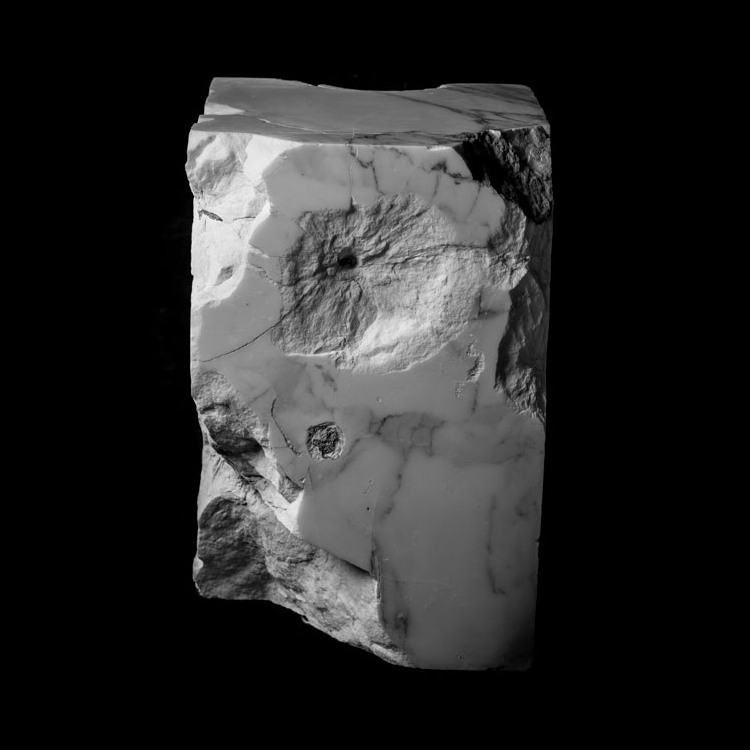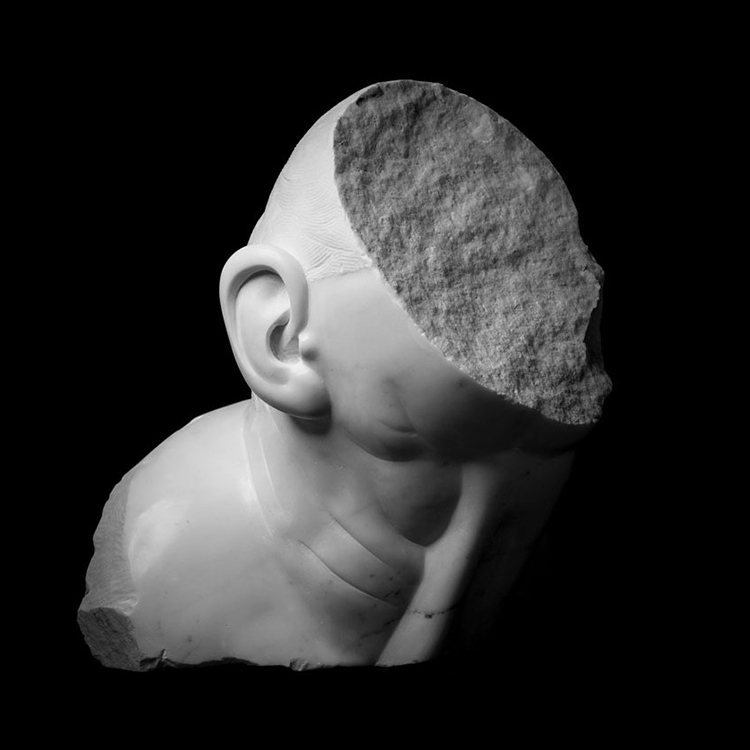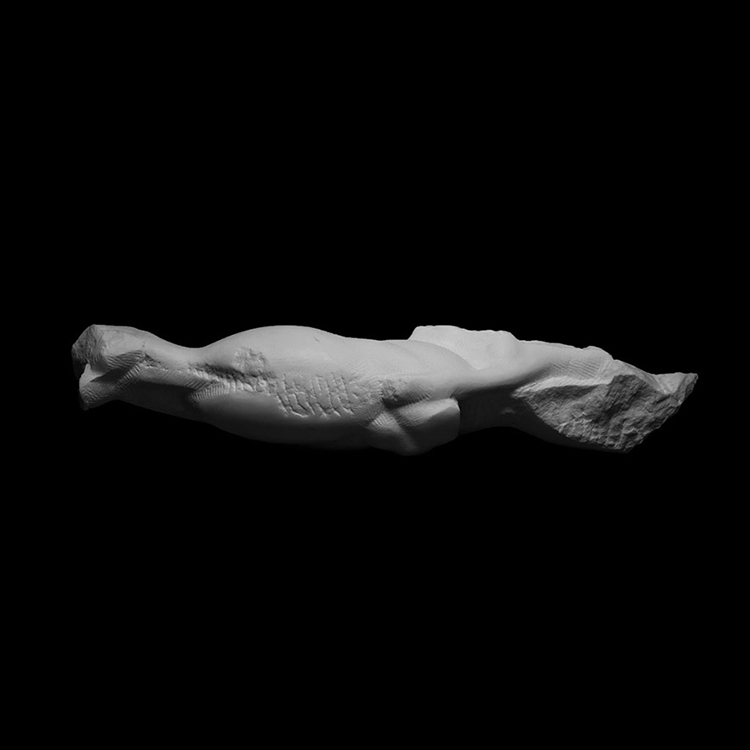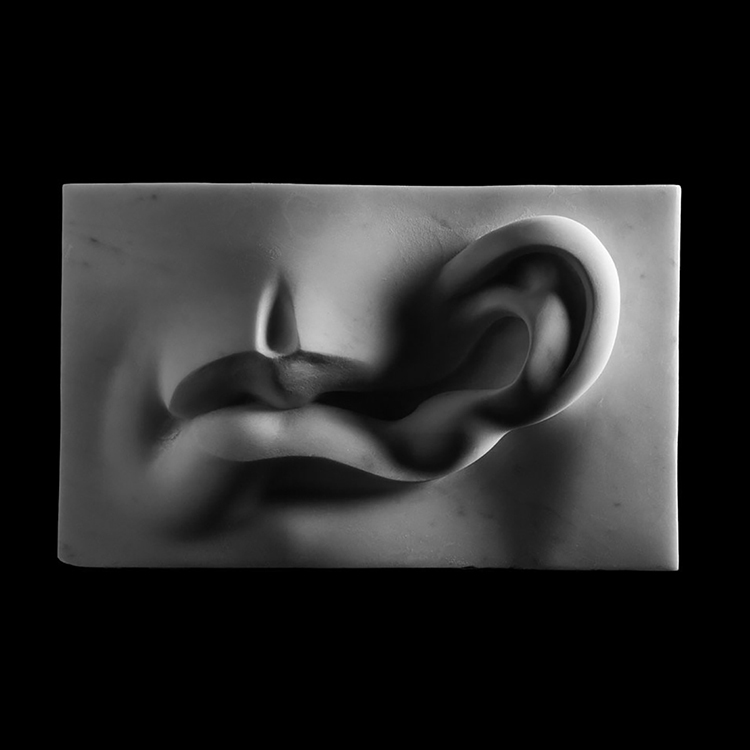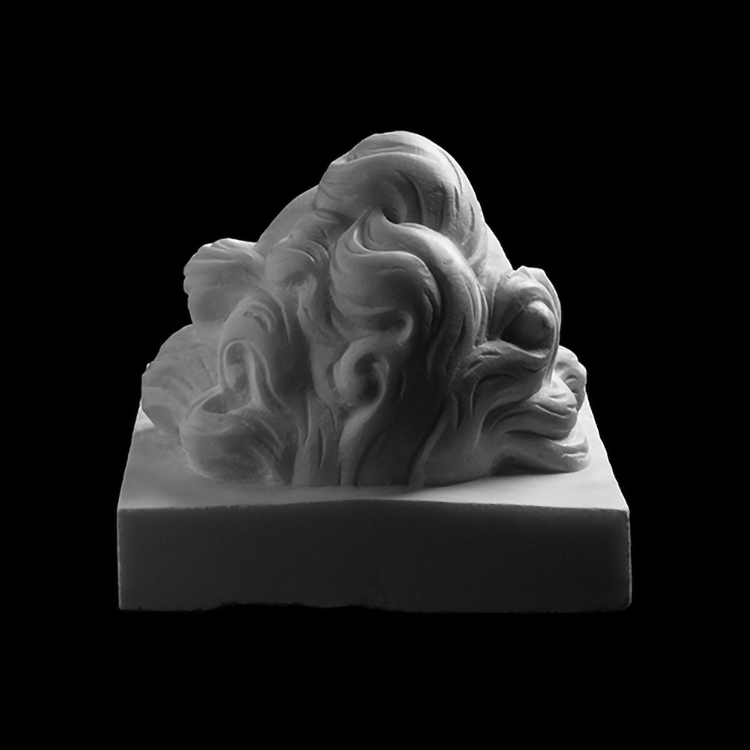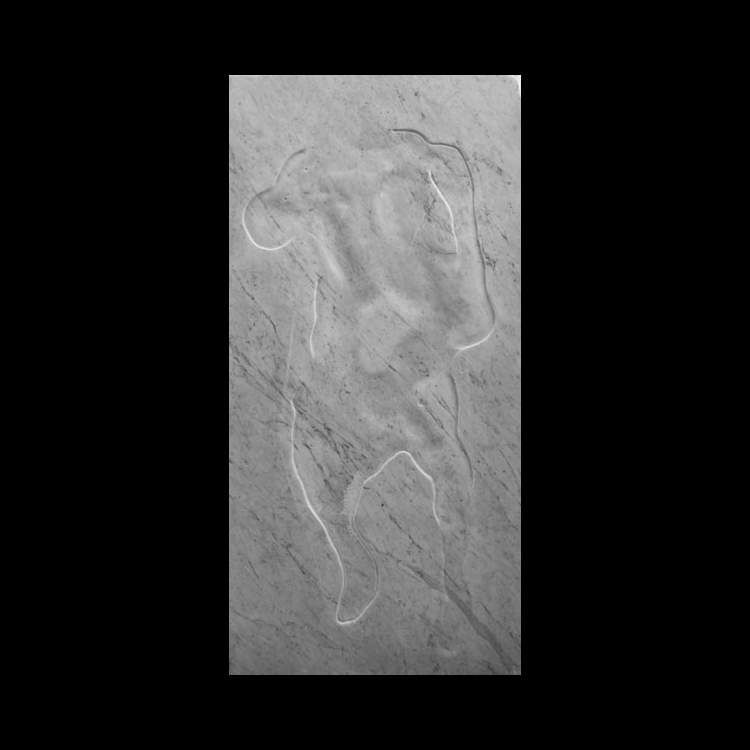Touch don't Touch
Stones embody the history of religions.
Religions tell stories of stones, sanctified by the touch of venerable people. Prophets or Saints. Their contact leaving a mark on a stone’s surface. Most commonly in the shape of their hand, foot or fingerprint. The impressions testify to the miraculous interaction and give the stones a sacred status.
Other stones are sacred because of their symbolic function within a religion:
The Wailing Wall, the Anointment Stone, the Foundation Rock.
Precious shrines, impressive temples, and holy cities are built around these stones. Pilgrims from all over the world travel to these destinations to see and interact with their sacred stones.
The stones are touched, kissed, prayed to, and wept upon. Oils are poured on, and objects are rubbed against them. Touching them is the recommended liturgical behaviour — it is direct contact with divinity.
The stones’ sacredness grows in proportion with the number of people that interact with them, while an endless flow of caressing hands slowly erodes their surface.
Many sculptures have been deformed by this practice.
But what is more important, the mere materiality of an artefact or the tribute to the faith that it has come to represent?
These stones are sacred.
Please Touch.
Art history tells the story of people and their culture, represented through their artwork.
Some artworks reached a status of secular sacredness.
The Venus of Willendorf, Michelangelo’s David, Duchamp’s Fountain.
Museums are shrines, and its pilgrims are visitors that travel long distances and stand in line for hours to admire the idolized masterpieces.
But here, the works’ sacred status demands the opposite behaviour. The endeavour to protect and to preserve them for eternity forbids all direct contact.
Visitors can engage with the artwork merely with their eyes.
To look is the only allowed behaviour.
People’s attraction to the artworks grows because the artefacts are untouchable.
The objects gain in sacredness.
But what is more important—the tactile connection with a sacred object, with the risk of damaging it forever, or the conservation of an invaluable work that will eternally testify to humanity’s cultural heritage?
These artworks are sacred.
Please don’t touch.




